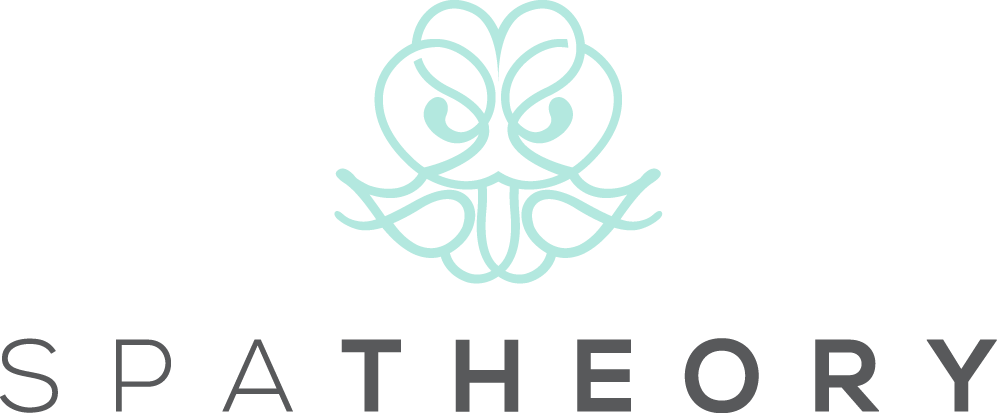Deep Tissue Massage Techniques for Beginners
Whether you're a budding massage therapist or simply looking to expand your wellness skills, mastering deep tissue techniques can be incredibly rewarding, especially when it comes to unknotting all that tension in your back and shoulders. Let's take a look at the ins and outs of this powerful massage modality and equip you with the knowledge you need to get started.
What is Deep Tissue Massage?
Deep tissue massage is a therapeutic technique that targets the deeper layers of muscle and connective tissue; it's designed to release chronic muscle tension, break up scar tissue, and provide relief from persistent aches and pains. Unlike gentler forms of massage, deep tissue work involves applying firm pressure and slow strokes to reach the subfascial and deeper muscle layers.
When you're receiving a deep tissue massage, you might experience some discomfort, but it shouldn't be painful. It's a common misconception that this type of massage always hurts – in reality, a skilled practitioner knows how to apply pressure effectively without causing unnecessary pain.
Getting Started with Deep Tissue Massage
Before you jump in, it's crucial to understand that deep tissue massage requires practice and patience. You'll need to develop a solid foundation in anatomy and physiology to perform these techniques safely and effectively. Many aspiring therapists start by taking formal courses or workshops to learn the basics.
As you begin your journey, remember that proper body mechanics are essential. You'll be using your body weight and leverage to apply pressure, rather than relying solely on hand strength. This approach not only delivers more effective results but also helps prevent fatigue and injury for you as the practitioner.
Essential Deep Tissue Massage Techniques
Let's explore some fundamental techniques you'll want to master:
Forearm and Elbow Strokes
Using your forearms and elbows allows you to apply deeper pressure more comfortably than using just your hands. These techniques are particularly useful for larger muscle groups like the back, glutes, and thighs. Start with gentle pressure and gradually increase as you become more comfortable with the technique.
Stripping Technique
This technique involves applying pressure along the length of the muscle fibers. You'll use your fingers, thumbs, or tools to "strip" along the muscle, helping to release tension and improve flexibility.
Trigger Point Therapy
Trigger points are tight knots in muscles that can cause pain and restrict movement. In deep tissue massage, you'll learn to identify these points and apply sustained pressure to release them. This technique requires precision and a good understanding of referred pain patterns.
Cross-Fiber Friction
This technique involves applying pressure across the grain of a muscle or tendon. It's particularly useful for breaking down scar tissue and adhesions. When performing cross-fiber friction, use small, precise movements to target specific areas of concern.
Tips for Effective Deep Tissue Massage
To truly excel in deep tissue massage, consider these key tips:
Body Mechanics and Posture
Maintaining proper body mechanics is crucial for both your own well-being and the effectiveness of your massage. Keep your feet shoulder-width apart, knees slightly bent, and use your body weight to apply pressure. This approach will help you avoid strain and fatigue during long massage sessions.
Communicating with Clients
Clear communication is essential in deep tissue massage. Encourage your clients to provide feedback on pressure and discomfort levels throughout the session. This dialogue will help you tailor the massage to their specific needs and ensure a positive experience.
Practicing Deep Tissue Massage Safely
While deep tissue massage can be incredibly beneficial, it's important to practice safely:
Safety Precautions
Always conduct a thorough intake process with your clients to identify any contraindications or areas of concern. Be mindful of conditions that may require modifications or make deep tissue massage unsuitable. When in doubt, err on the side of caution and consult with a healthcare professional if necessary.
And it’s also worth noting that bruising after a deep tissue massage can sometimes occur, so take a look at our article if you’re concerned or if you (or your clients) keep noticing bruises after a session.
Common Mistakes to Avoid
As you develop your skills, be aware of these common pitfalls:
Overuse of Pressure
More pressure doesn't always mean better results. Focus on applying pressure gradually and consistently, rather than using excessive force. Remember, the goal is to work with the body's tissues, not against them.
Neglecting Warm-Up
Don't dive straight into deep work. Start each session with lighter techniques to warm up the muscles and prepare the body for deeper pressure, as this approach will enhance the effectiveness of your massage and improve your client's comfort.
Final Thoughts
Ultimately, mastering deep tissue massage techniques takes time and dedication, but the results are well worth the effort. As you continue to practice and refine your skills, you'll develop a deeper appreciation for the intricacies of the human body and the power of therapeutic touch.
If you're looking to experience the benefits of deep tissue massage firsthand, why not try an in home couples massage in Atlanta, Georgia? It's a great way to relax and unwind while observing professional techniques in action.


